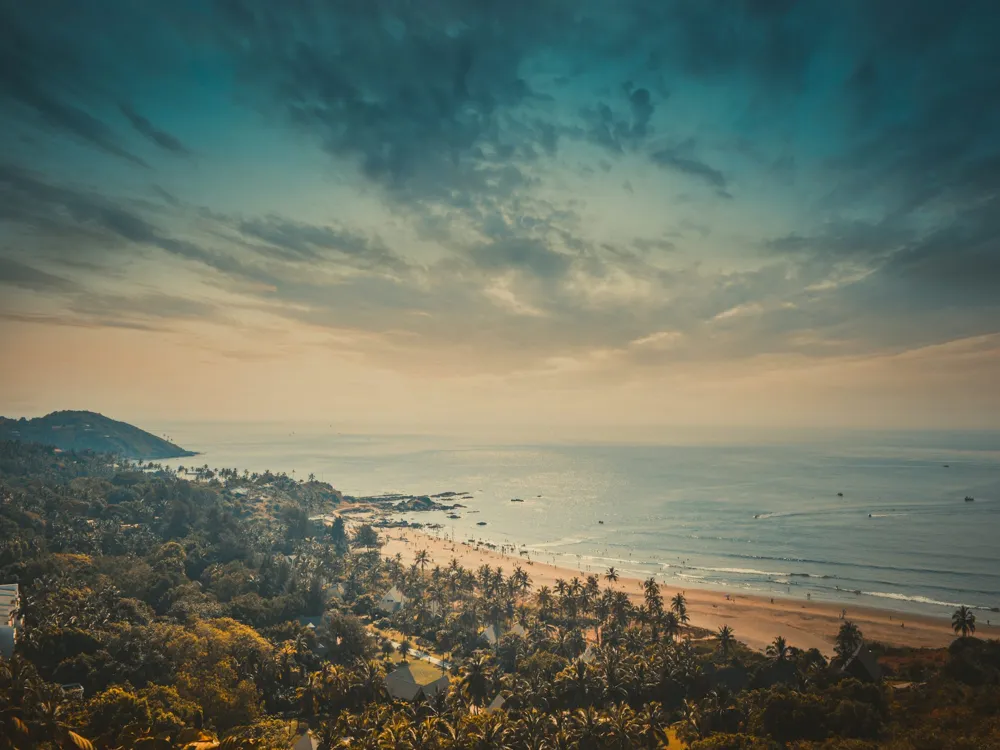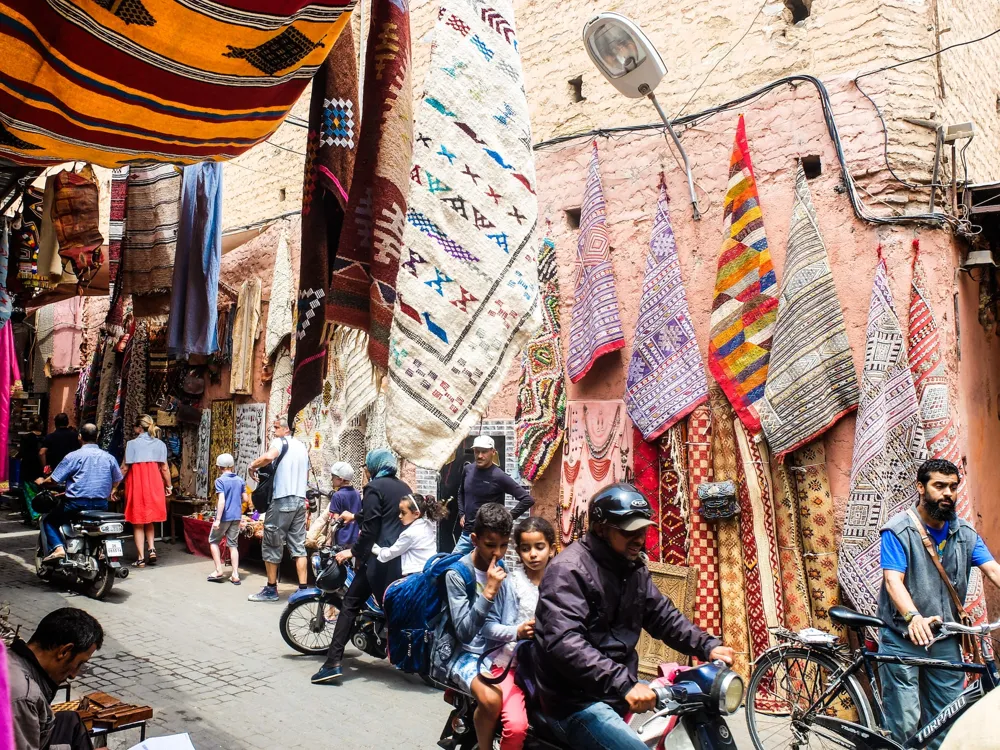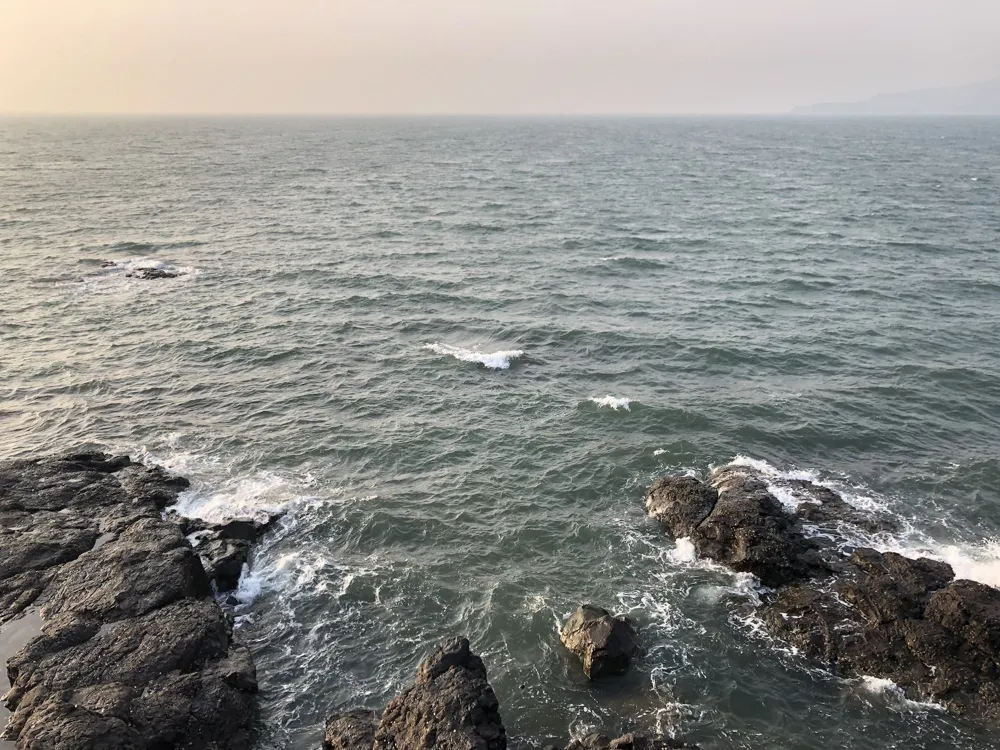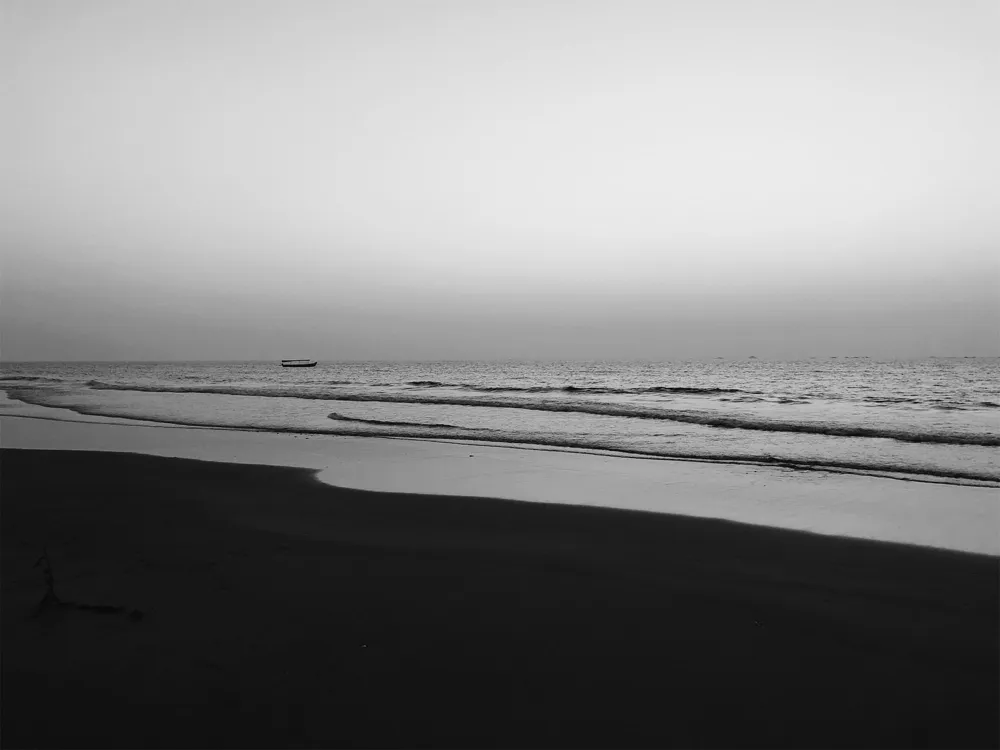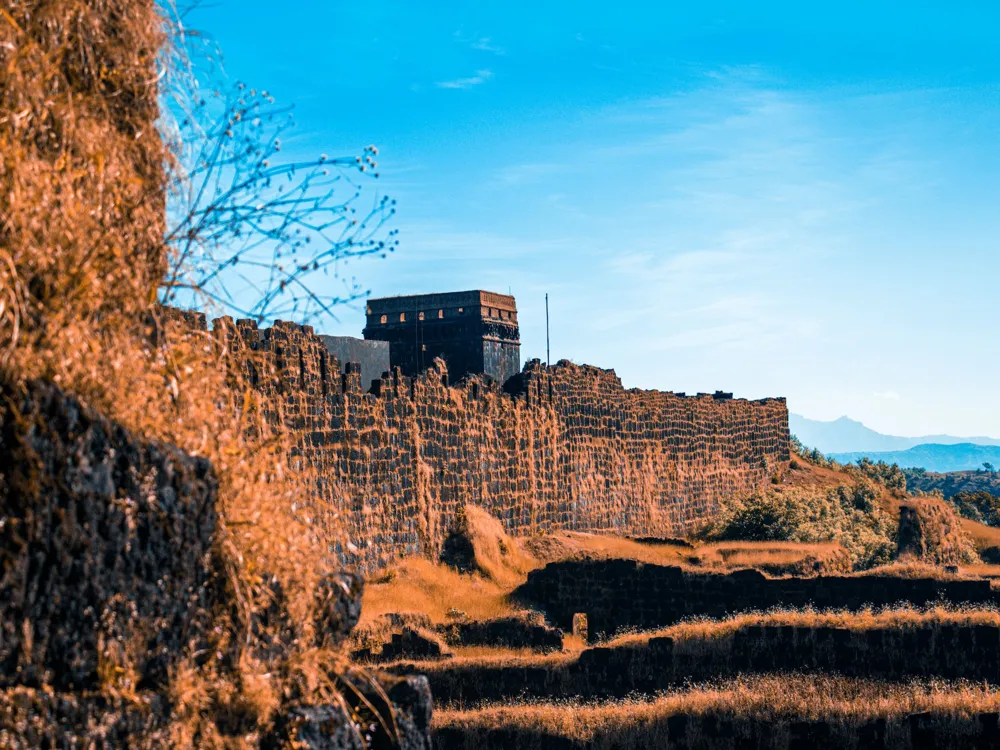Fontainhas and Sao Tome, nestled in the heart of Panaji - the capital city of Goa, India, are historical neighborhoods that stand as living testaments to the rich Portuguese legacy in the region. This vibrant quarter, characterized by its picturesque narrow streets, colorful buildings, and a quaint, old-world charm, offers a unique cultural experience distinct from the typical beach-centric perception of Goa. In this detailed overview, we will explore the history, culture, and architectural significance of Fontainhas and Sao Tome, providing an immersive guide to these fascinating neighborhoods.
The history of Fontainhas and Sao Tome dates back to the late 18th century when the Portuguese colonial government ordered the draining of a swamp to provide housing for its administrators. Named after the Fonte Phoenix (Phoenix Spring) that supplied water to the area, Fontainhas has since flourished into a cultural hub, showcasing the lifestyle and traditions of the Portuguese-influenced Goan community.
These neighborhoods are more than just architectural marvels; they are living embodiments of Goa's colonial history. The area's residents, largely descendants of the original Portuguese settlers, continue to maintain their unique way of life, blending Goan customs with Portuguese influences. This cultural melange is evident in the cuisine, language, festivities, and daily life of the locals, offering visitors an authentic and immersive cultural experience.
The architecture of Fontainhas and Sao Tome is a feast for the eyes, boasting a blend of Goan traditional styles and Portuguese influences. The narrow, winding streets are lined with brightly colored houses, adorned with red-tiled roofs, wooden shutters, and ornate balconies. These structures, some dating back to the 19th century, reflect a distinct Mediterranean charm, yet are uniquely Goan in their essence.
The Portuguese influence is unmistakable in the architectural details. The houses, often painted in vibrant yellows, blues, and greens, feature stuccoed exteriors, terracotta tiles, and intricate iron balconies. Churches and chapels dot the landscape, their white facades and baroque interiors adding to the area's historic allure.
Efforts have been made to preserve the unique architectural identity of Fontainhas and Sao Tome. The area has been declared a UNESCO Heritage Zone, ensuring the protection and conservation of its historical and cultural significance. This designation has helped maintain the authenticity of the neighborhoods, allowing visitors to step back in time and experience Goa's colonial past.
The ideal time to visit Fontainhas and Sao Tome is from November to February when the weather is pleasant, and the humidity is low. This period coincides
Overview of Fontainhas and Sao Tome, Panaji, Goa
Historical Background
Cultural Significance
Architectural Wonders of Fontainhas and Sao Tome
The Influence of Portuguese Architecture
Preservation of Heritage
Tips When Visiting Fontainhas and Sao Tome
Best Time to Visit
Fontainhas and Sao Tome
Panaji
Goa
NaN onwards
View goa Packages
Goa Travel Packages
View All Packages For Goa
Top Hotel Collections for Goa

Private Pool

Luxury Hotels

5-Star Hotels

Pet Friendly
Top Hotels Near Goa
Other Top Ranking Places In Goa
View All Places To Visit In goa
View goa Packages
Goa Travel Packages
View All Packages For Goa
Top Hotel Collections for Goa

Private Pool

Luxury Hotels

5-Star Hotels

Pet Friendly











